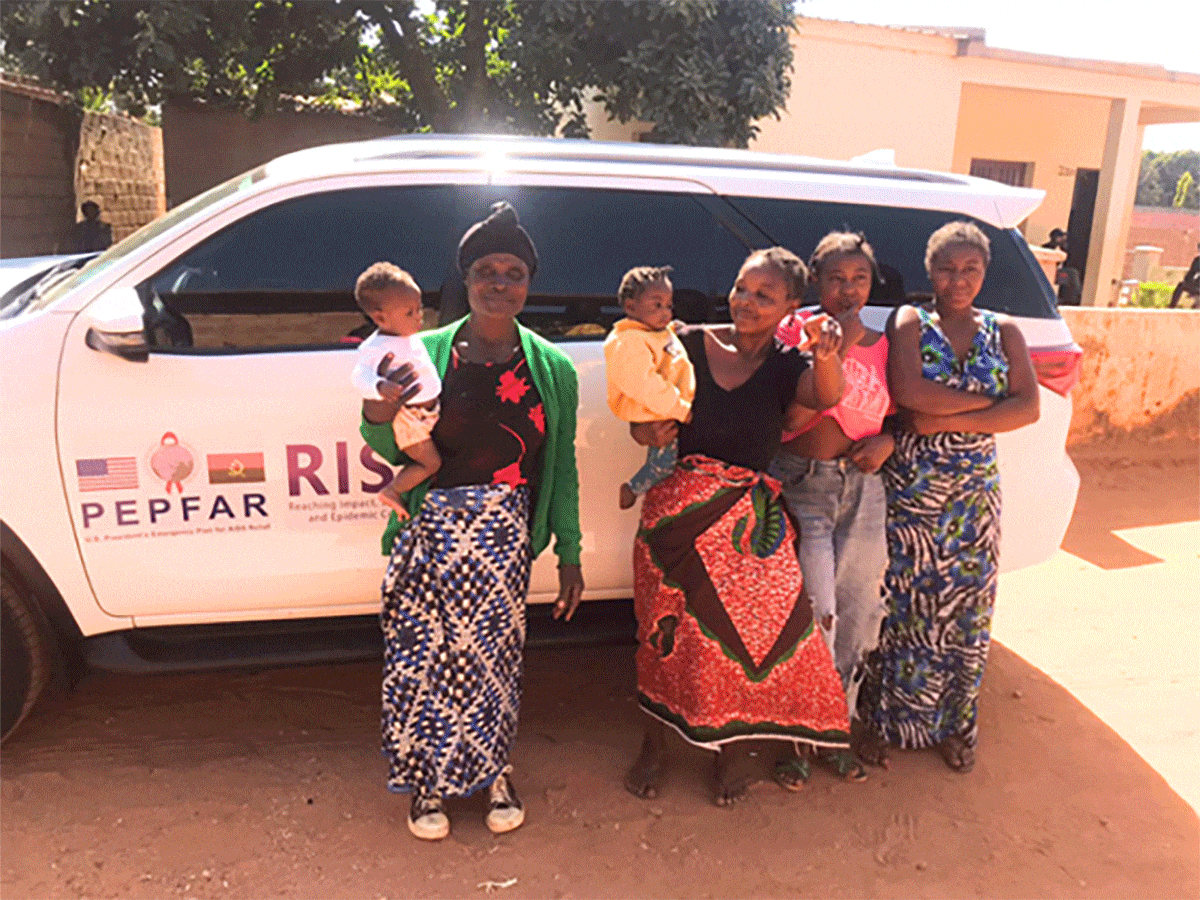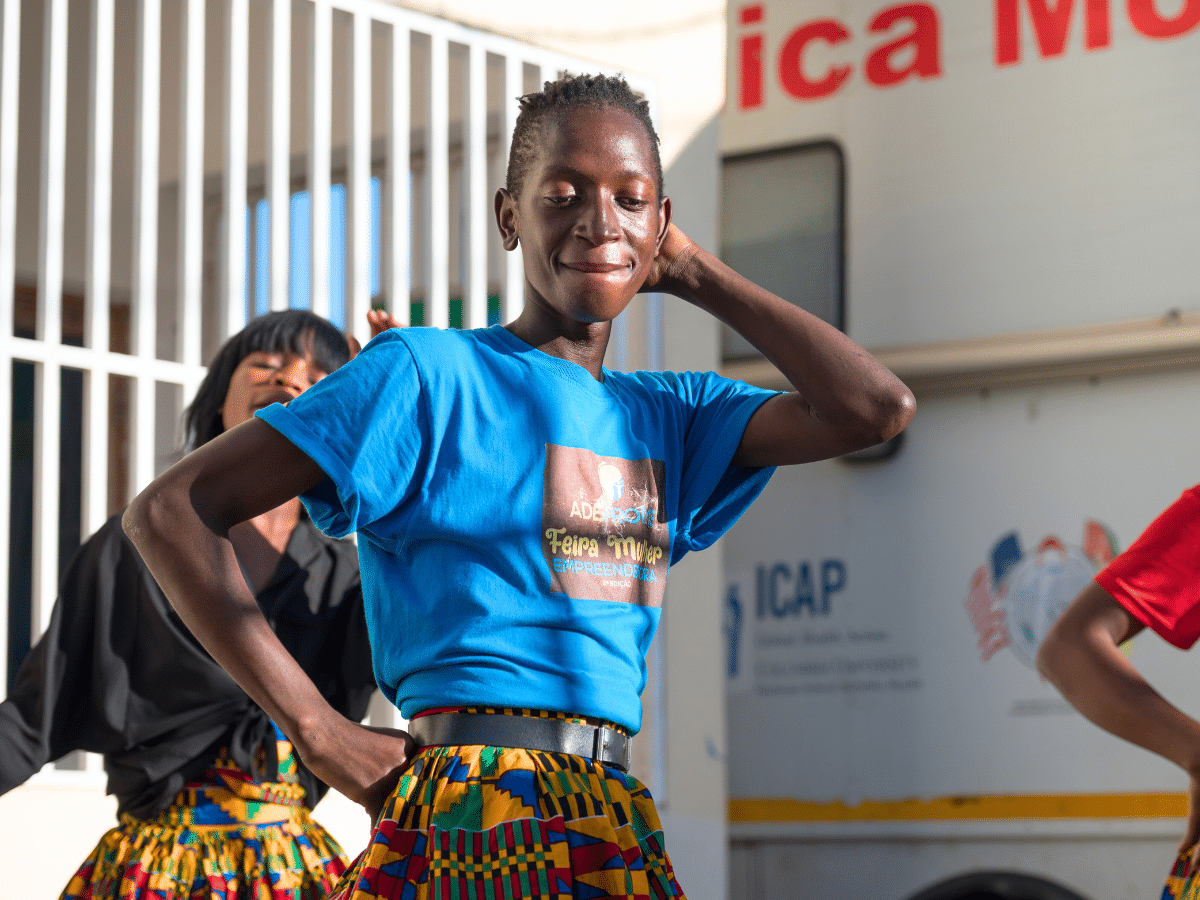Over 80 study participants, community stakeholders, and guests crowded into a meeting space at the African Services Committee in Harlem on September 12 to learn about early findings from a study assessing HIV prevention resources for black men who have sex with men.
The HIV Prevention Trials Study 061 (HPTN 061), also known as the BROTHERS study, assessed a program designed to increase access to HIV testing, medical services, and prevention resources for black men who have sex with men in six cities—Atlanta, Boston, Los Angeles, San Francisco, Washington, DC, and New York— from July 2009 to October 2010. In New York, the study was carried out at ICAP’s Harlem Prevention Center and at the New York Blood Center.
The HPTN 061 (BROTHERS) Study enrolled 1,553 participants, the largest cohort of US black men who have sex with men (MSM) to be followed in a research study. By study design, the majority of study participants reported no previous HIV diagnosis, with smaller numbers having a previous HIV diagnosis. Testing for HIV and other sexually transmitted infections (STIs) offered as part of study enrollment revealed high rates of previously undiagnosed HIV and other sexually transmitted infections among participants.
At the community forum, principal investigators from the New York sites, Sharon Mannheimer, MD of the Harlem Prevention Center and Beryl Koblin, PhD from New York Blood Center, summarized findings presented at the 2012 International AIDS Society Conference in Washington, DC and took questions from the audience.
Mannheimer and Koblin explained that a range of factors (including poverty, unemployment, geographic location, unprotected receptive anal sex, older age, and STIs) were associated with HIV infection identified at enrollment. Among participants who were HIV negative at enrollment, 2.8 percent were newly infected during the year they were followed, which was higher than reported in previous studies. New HIV infections were higher among young men (18-30 years), those reporting unprotected receptive anal sex, and those with STIs diagnosed at enrollment.
Analysis led by Mannheimer found that nearly a quarter of participants did not undergo yearly HIV testing, as recommended by the Centers for Disease Control and Prevention. Among those with a positive HIV test result at enrollment, nearly 20 percent had a CD4 cell count under 200, meaning they had already developed AIDS. These findings underscore the need for increased efforts to facilitate regular HIV testing among populations at elevated risk of HIV, such as black MSM in the US.
Looking ahead, the findings from this study will be used to help inform decisions by local policy and public health officials when HIV prevention resources are allocated in major US cities. The study also provides support for future programs to be developed that address multi-level factors including individual, community, and structural influences that have an impact on black MSM.








